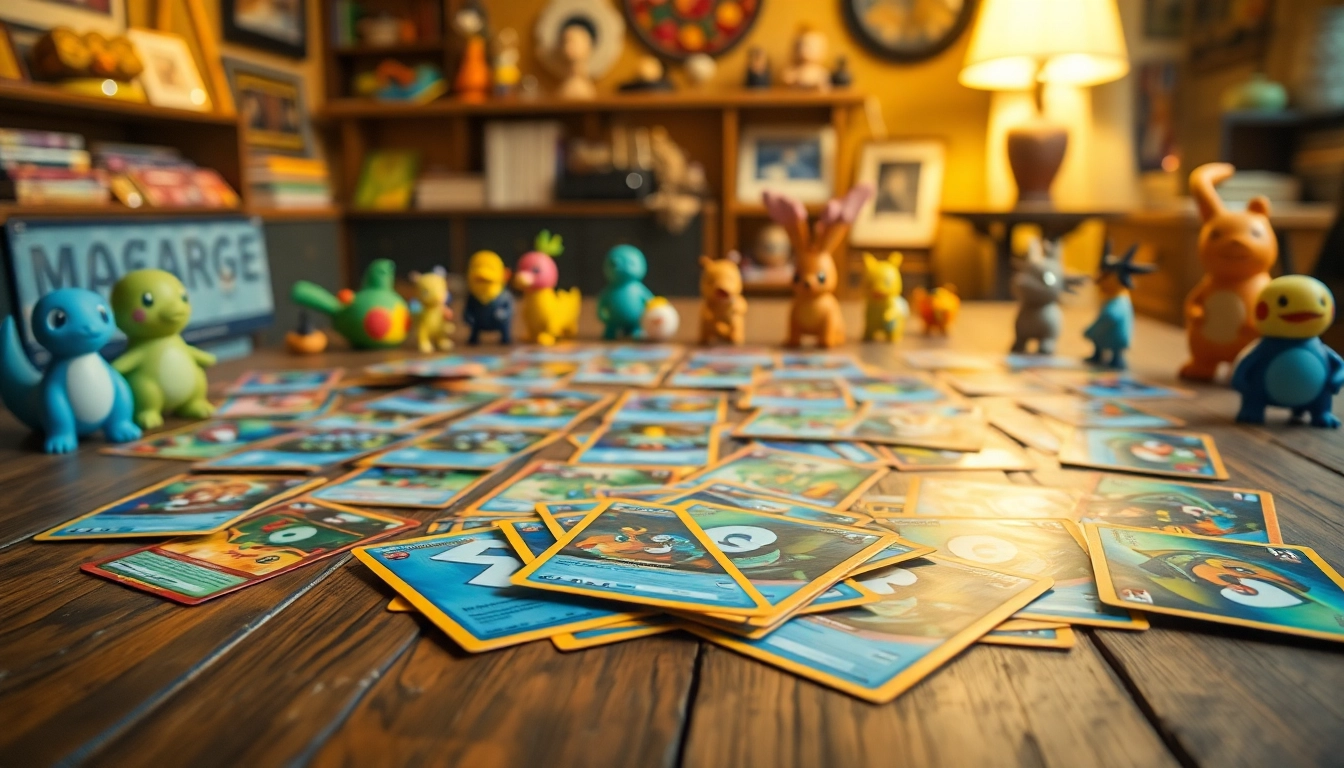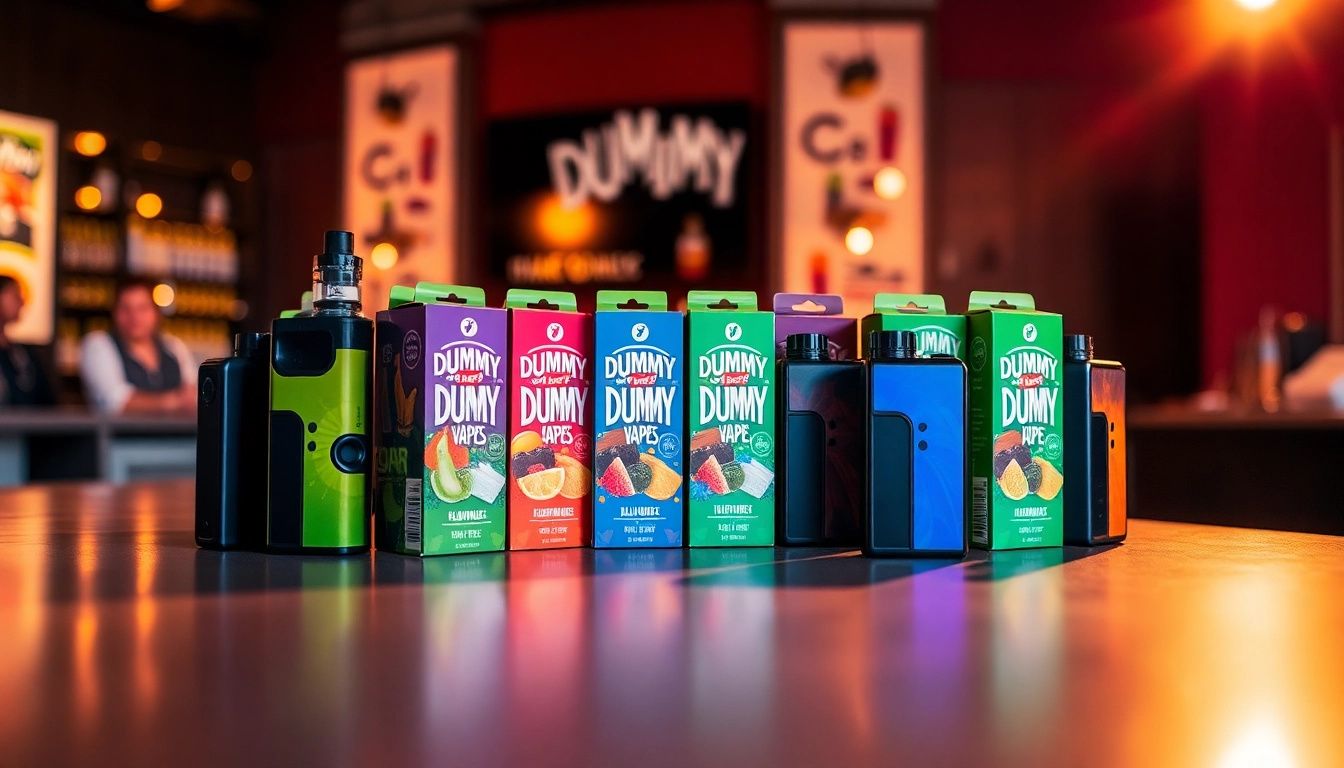Understanding Real Pokémon Cards
The world of Pokémon cards is a bustling universe of collectors, players, and enthusiasts. As the Pokémon Trading Card Game (TCG) continues to evolve, distinguishing between authentic and counterfeit cards becomes increasingly crucial. Whether you aspire to build a competitive deck or curate an impressive collection, understanding the nuances of real Pokémon cards is fundamental to your journey. In this comprehensive guide, we will explore what defines a genuine Pokémon card, where to purchase them, how to identify authenticity, the value they hold, and strategies for building a robust collection.
1. What Makes a Pokémon Card Real?
At its core, a real Pokémon card is produced by The Pokémon Company, adhering to specific manufacturing standards that ensure quality and consistency. These cards are printed on a unique cardstock that has distinctive characteristics. The authenticity of a Pokémon card can often be determined by examining its production features, including the card’s print quality, weight, and feel.
Real Pokémon cards possess several hallmarks that define their authenticity:
- Texture: Genuine cards have a specific texture that is smooth but slightly porous. The surface of authentic cards should feel almost like a fine velvety material.
- Print Quality: Authentic cards exhibit sharp, vibrant colors with clear and defined edges. Any blurriness or washed-out colors typically indicate a counterfeit.
- Stamping and Logos: Real cards will have precise logos and holographic stamps that are clearly defined. Fake cards often have poorly printed logos that can easily be differentiated by close inspection.
2. Key Features of Authentic Cards
When evaluating whether a Pokémon card is real, several features can be indicative of its authenticity:
- Weight and Thickness: Authentic Pokémon cards tend to have a consistent weight and thickness. If you stack several cards and notice a significant weight difference, it could signal that some cards are not genuine.
- The Light Test: A common technique among collectors is the light test, where light is shone through the card. Authentic cards have a slight glow due to their unique cardstock composition.
- Color Variation: It’s important to note that real cards maintain consistency in their color palettes, whereas counterfeit versions may show noticeable color discrepancies among cards from the same set.
3. Common Myths about Fake Pokémon Cards
As with many collectibles, misconceptions abound regarding fake Pokémon cards. Here, we dispel some prevalent myths:
- Myth: All Vintage Cards are Real: Just because a card is old does not guarantee its authenticity. Counterfeit cards can be very convincing, especially those produced in an earlier era.
- Myth: Holographic Cards are Always Genuine: Counterfeits can feature holographics, leading some collectors to falsely believe they are legitimate. It’s crucial to verify other details, not just the presence of holograms.
- Myth: Only Obvious Fakes Exist: Many counterfeit cards are expertly made, making it difficult to discern authenticity at first glance. Awareness and education are essential to navigate potential pitfalls in the marketplace.
Where to Buy Real Pokémon Cards
Finding legitimate sources for real Pokémon cards can be a daunting task, especially with the increasing prevalence of counterfeits online. However, reliable avenues do exist, allowing collectors and players to purchase genuine cards without worry.
1. Trusted Online Retailers
Numerous reputable online shops specialize in Pokémon cards. Here are a few of the most reliable sources:
- Pokémon Center: The official Pokémon website offers a variety of cards, from booster packs to collector’s items, ensuring authenticity.
- TCGPlayer: This platform connects buyers with dealers and offers a vast selection of both singles and sealed products. Ratings and reviews assist in identifying trustworthy sellers.
- Amazon: While there are third-party sellers, Amazon does offer some verified Pokémon card products. Look for items fulfilled by Amazon for added assurance of authenticity.
2. Local Game Stores: A Hidden Gem
Never underestimate the value of visiting your local game store (LGS). These establishments often carry a selection of Pokémon cards and frequently host events such as tournaments and community gatherings. Building a relationship with your local shop can lead to insider tips, low-pressure purchasing, and a community atmosphere that enhances your collecting experience.
3. Auction Sites: What to Know Before You Bid
Auction sites like eBay can be a goldmine for finding rare cards, but caution is necessary. It’s vital to research sellers thoroughly, looking for positive feedback scores and reviews. Always read through item descriptions meticulously and, when possible, request additional images to verify card condition and authenticity.
How to Identify Real Pokémon Cards
Proficiency in identifying real Pokémon cards is essential for collectors and players. Here’s a thorough method to authenticate cards effectively:
1. Visual Inspection Techniques
To accurately assess the authenticity of a card, a detailed visual inspection is critical:
- Edge Quality: Authentic cards have clean, crisp edges. Look for any rough or jagged edges, as these could indicate a counterfeit.
- Font and Spacing: Examine the text on the card closely. Genuine cards use specific fonts, and spacing is consistent. Misspellings or odd placements are red flags.
- Card Design: Familiarize yourself with the design elements of your specific card set. If you see any deviations in design, it’s worth a closer look.
2. The Holographic Effect and Other Signs
Holographic cards are prized in collections but require scrutiny:
- Holo Pattern: Genuine holographics have a characteristic pattern that reacts uniquely to light. Inspecting under different lighting can reveal if the card truly reflects as it should.
- Light Reflection: The way light reflects off a holographic image is unique to authentic cards, often appearing rainbow-like and shifting colors as you alter the angle.
- Background Texture: The background of authentic cards has a fine texture that can feel slightly imprinted. Counterfeit cards can feel flat with smooth surfaces.
3. Resources for Card Authentication
In the age of digital information, several online resources can provide assistance in authentication:
- Authentication Services: Companies specializing in card grading and authentication will assess and certify the legitimacy of your cards, ensuring you have an unbiased evaluation.
- Online Forums: Communities like Reddit’s r/PokemonTCG have dedicated members familiar with spotting fakes who are often more than willing to help.
- Guides and Videos: Numerous resources, including YouTube channels and blogs, offer visual breakdowns and tutorials on distinguishing between real and counterfeit cards.
Value of Real Pokémon Cards
Understanding the value of Pokémon cards is critical, not just for collection purposes but for potential resales too. The market is influenced by various factors, which can result in significant price fluctuations.
1. Evaluating Card Worth: A Quick Guide
To accurately determine the value of a Pokémon card, consider these primary factors:
- Rarity: Cards are often classified as common, uncommon, or rare, with rarer cards generally fetching higher prices.
- Condition: The state of the card greatly impacts its value. Cards graded as Mint or Near Mint will yield a much higher asking price compared to those with visible wear or damage.
- Sales History: Analyzing recent sales of similar cards can provide a clear viewpoint on market trends. Websites like TCGPlayer offer price guides to gauge current card worth.
2. Factors Affecting Card Prices
There are several key factors that can influence the price of Pokémon cards:
- Market Trends: The Pokémon TCG market can be influenced by the release of new sets, hype around gameplay mechanics, and overall community interest.
- Card Popularity: Cards featuring fan-favorite Pokémon or those with unique abilities often see a surge in demand, thus raising their prices significantly.
- Collector Interest: The general community’s interest can easily dictate prices, with certain eras or sets becoming extraordinarily popular.
3. Trends in the Pokémon Card Market
The Pokémon card market has witnessed extreme volatility, particularly among collectors. Here are some prevailing trends:
- Investment Perspective: With the NFT boom and the popularity of vintage collectibles, many have turned to Pokémon cards as investment pieces, often leading to skyrocketing prices for rare cards.
- Influencer Culture: Social media has played a significant role in driving interest in Pokémon cards. Influencers sharing their collections can create overnight price surges.
- The Resurgence of Nostalgia: As adults, many people who grew up with Pokémon are returning to the hobby, leading to increased demand for nostalgic cards from earlier generations.
Building Your Pokémon Card Collection
Starting to collect Pokémon cards can be both exciting and overwhelming. With the right approach, however, you can build a satisfying and valuable collection.
1. Strategies for Collecting Real Pokémon Cards
Implement the following strategies to effectively grow your collection:
- Define Your Goals: Determine what type of collection you want to build—competitive gameplay decks, vintage items, or a comprehensive set of a specific series.
- Pursue Trade Opportunities: Engage with fellow collectors. Trading cards can often yield better results than purchasing outright.
- Stay Informed: Keep up with the latest news in the Pokémon TCG community through online forums, news sites, and social media groups to be aware of what cards are rising in popularity.
2. Joining Pokémon Communities for Tips & Trades
Engaging with the Pokémon community can open doors to valuable resources, trading partners, and market insights:
- Online Forums: Websites like the Pokémon subreddit or TCGPlayer forums are filled with fellow fans who can offer support, advice, and trade opportunities.
- Local Events: Attend local tournaments and card clubs. These meet-ups provide unique chances to connect with other collectors and learn more about the game.
- Discord Servers: Various Pokémon-related Discord servers exist, where members share information, trade cards, and discuss gameplay strategies.
3. Resources for Maintaining Your Collection
Properly maintaining your collection ensures longevity and value:
- Storage Solutions: Invest in high-quality sleeves, binders, and boxes designed for card protection to keep your cards in pristine condition.
- Insurance Options: If your collection becomes valuable, consider insuring your cards, especially rare items that may hold significant financial worth.
- Documenting Values: Regularly update the condition and value of your cards, noting any new acquisitions or changes in market trends.



